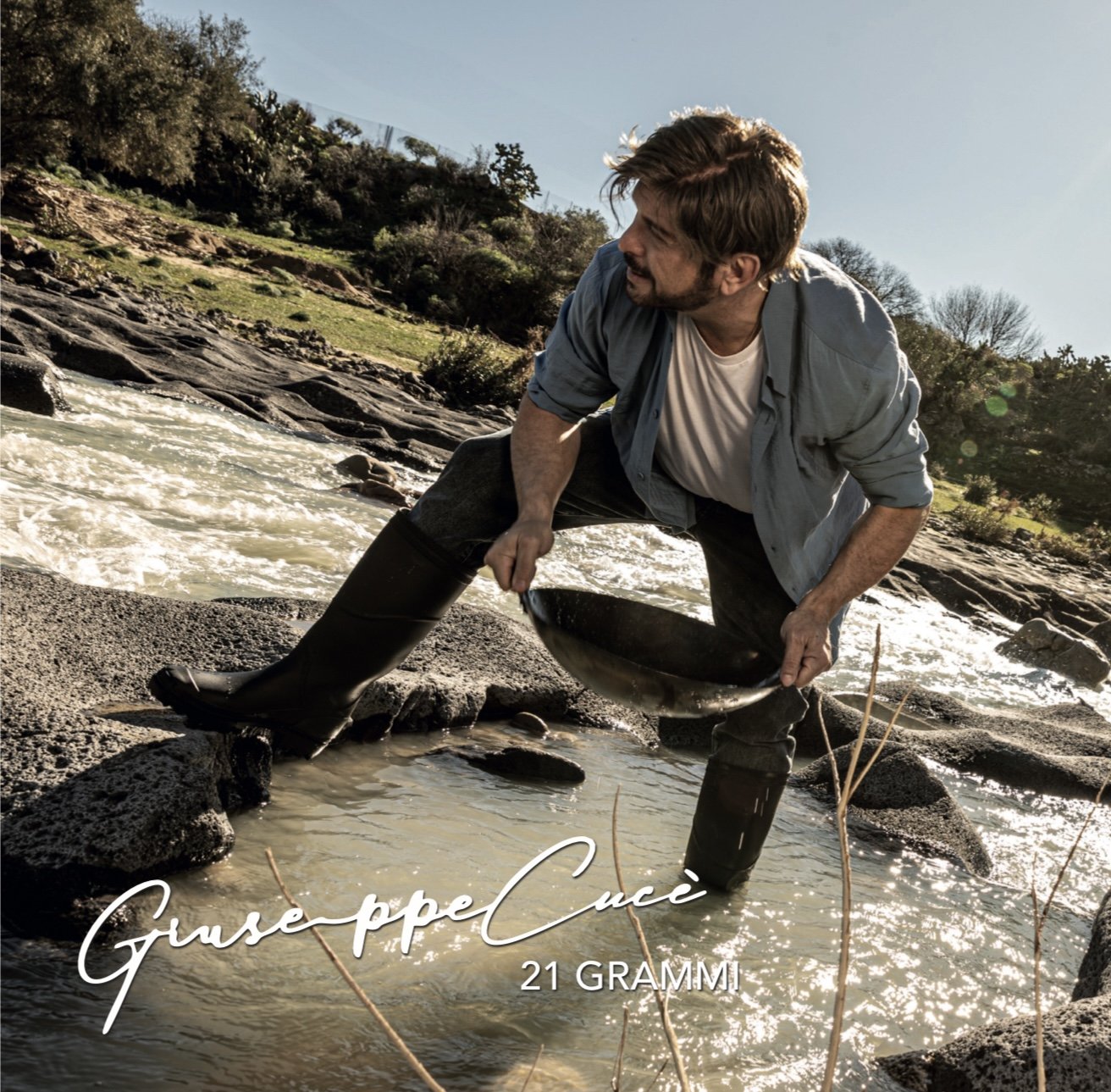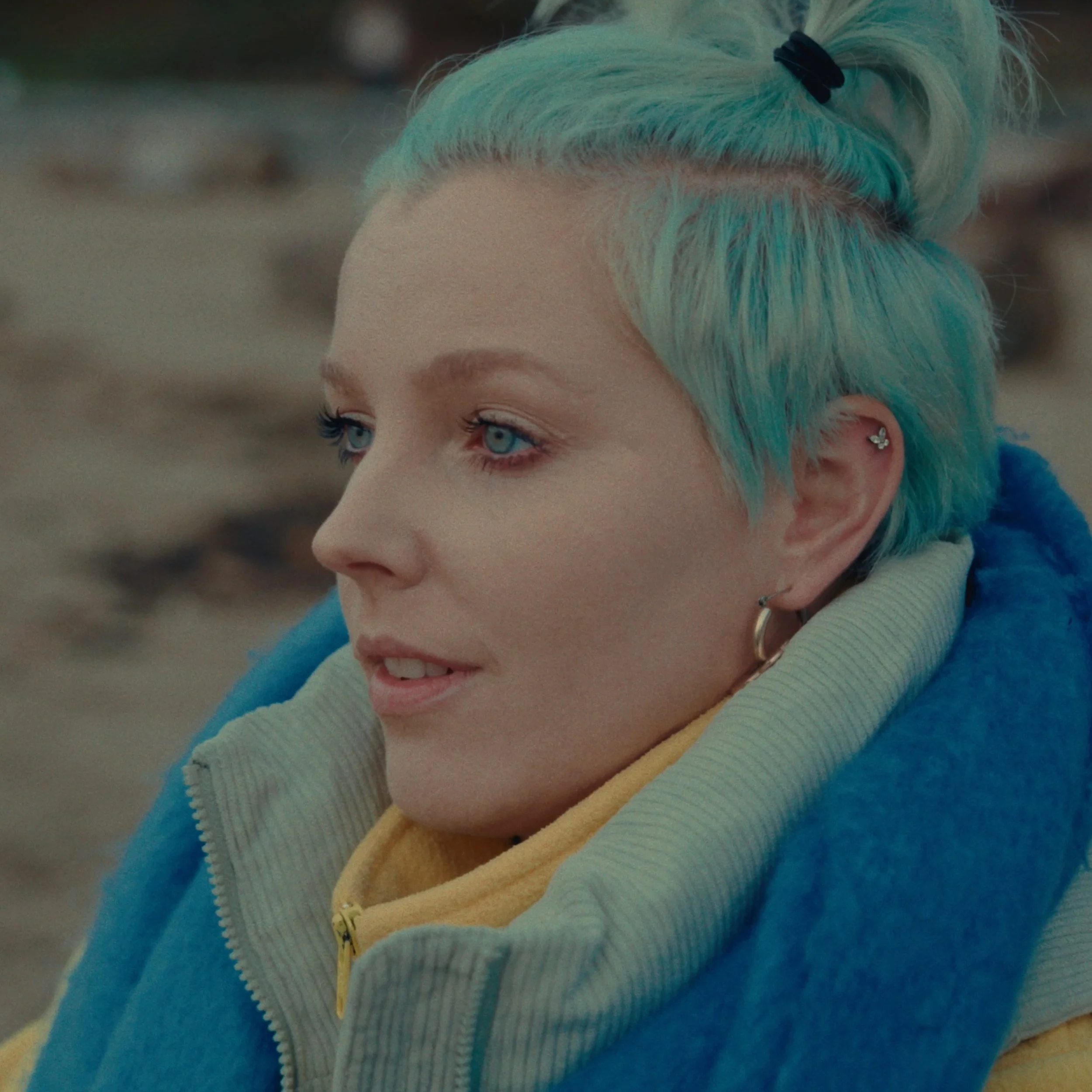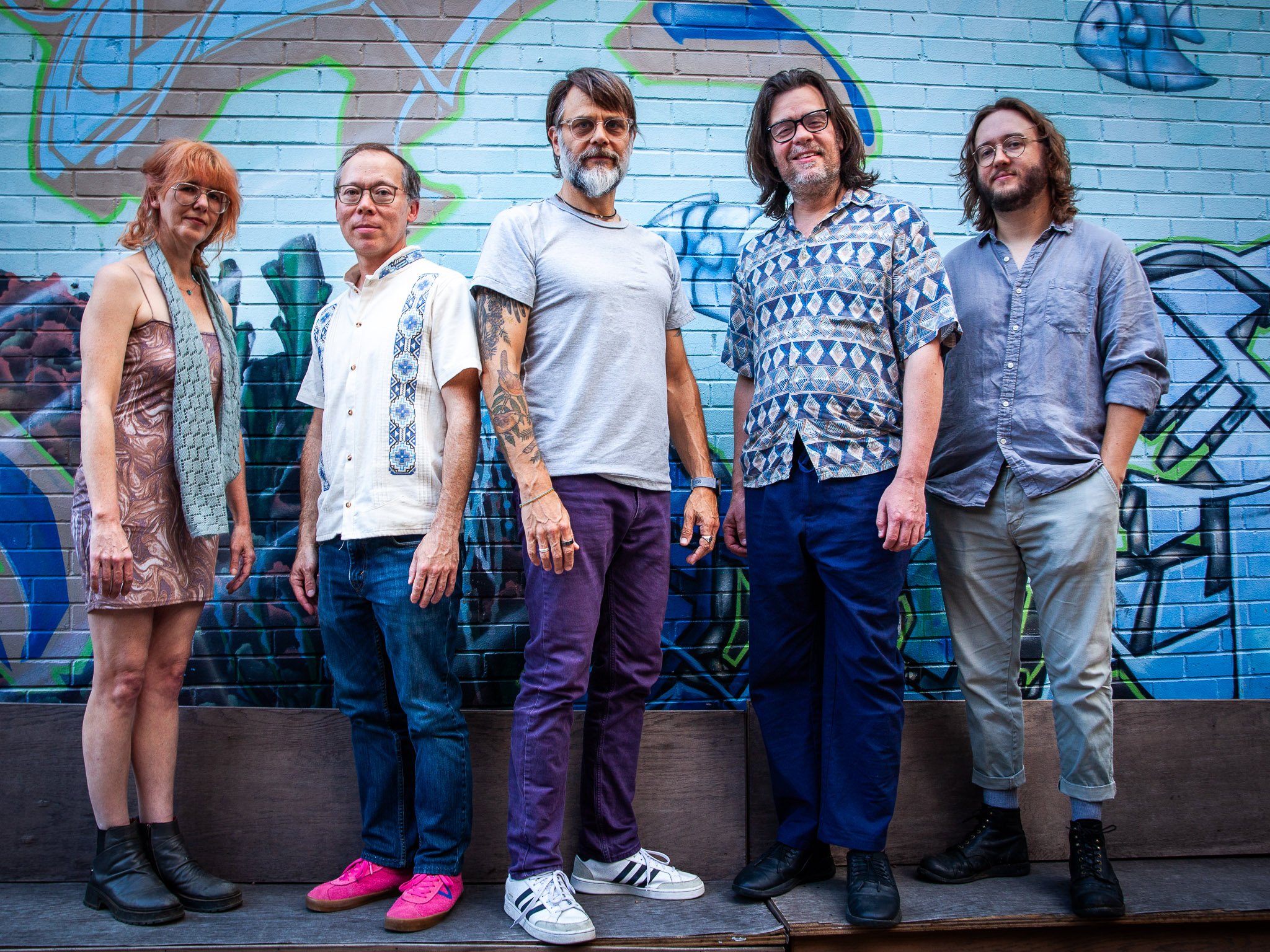ChatGPT’s Studio Ghibli-Style AI Craze: A Slight Against the Very Essence of Art
By all appearances, OpenAI’s latest ChatGPT update has lit the internet aflame with a trend that’s equal parts whimsical and worrisome: transforming everyday photographs into something that might waltz straight out of a Studio Ghibli film. Not long ago, OpenAI proceeded with the utmost caution about allowing requests for Ghibli-inspired art, presumably to avoid poking the licensing dragon. But that restraint seems to have vanished faster than a soot sprite in a sunlit corridor, as users and well-known accounts alike now gleefully generate images with Ghibli’s distinctive flair.
At the center of this phenomenon sits a paradox. In one breath, OpenAI promotes democratizing creativity. In the next, it wades directly into waters that look suspiciously like copyright infringement—an area the AI giant previously feared might spark lawsuits. Unsurprisingly, the move has emboldened folks on social media platforms (particularly X/Twitter) to post Ghibli-esque wedding portraits, family reunions, even entire photo albums. Some of these posts are accompanied by self-congratulatory notes on how technology has finally made highbrow animation techniques accessible to the “commoners.”
Enter the Tech Bros with “Democratization” on Their Lips
The phenomenon, of course, is being championed by a cadre of verified accounts on X/Twitter who have lionized OpenAI’s new “precise, accurate, photorealistic outputs” as a victory for the masses. Their rallying cry is that turning your backyard barbecue into a scene reminiscent of My Neighbor Totoro is the next great frontier of imagination. To them, AI has single-handedly leveled the playing field—never mind the professional animators who have dedicated their lives to perfecting the craft.
Such applause for “AI democratizing art” ignores the grueling labor behind the luminous style of creators like Hayao Miyazaki. Ghibli animators devote years to studying fine details, from how wind dances through forests to the subtle gestures that bring lifelike magic to a child protagonist. Should anyone call this effortless mimicry what it often is—unabashed infringement—swathes of enthusiasts pounce with counterarguments about accessibility and the unstoppable march of technology.
Despite the company’s earlier reluctance, OpenAI leaders, including CEO Sam Altman, have leaned into the mania. Altman himself changed his profile picture to a ChatGPT-generated portrait in Ghibli style, a not-so-subtle thumbs-up to the merry band of netizens cranking out AI variations of Totoro and Princess Mononoke. The about-face raises eyebrows: Were OpenAI’s prior disclaimers about copyright concerns merely precautionary window-dressing? Or did the siren call of internet virality simply prove too alluring?
Either way, the move flirts brazenly with legal landmines, especially given Studio Ghibli’s historically protective posture over its brand. For now, the anime house has remained quiet, but it would not be surprising to see a firm statement or legal challenge if the issue escalates further.
The story takes an even stranger turn when the official White House account (under President Donald Trump at the time) joined the fray by posting AI-generated Ghibli images that belittled the plight of migrants during the administration’s extensive deportation push. Cartoonish or not, employing the beloved tenderness of Ghibli’s style to depict real people in dire circumstances struck a stark—and deeply unsettling—contrast. The breezy, pastel innocence of Ghibli’s fictional worlds suddenly became a PR tool for what many viewed as inhumane policies. The resulting backlash only fueled broader criticism about how generative AI can sanitize or trivialize serious issues.
Why Miyazaki’s Disdain Makes Perfect Sense
For anyone familiar with Hayao Miyazaki’s worldview, the current AI-tinged scenario is precisely the sort of modern contraption he’s spent decades railing against. In a now-famous clip from the 2016 NHK documentary Never-Ending Man, Miyazaki was shown a gruesome demonstration of AI “deep learning,” in which a zombie’s head wriggled about on the floor. His stony response and anecdote about a disabled friend—whose painful daily struggle was dehumanized by such a macabre digital spectacle—went viral. He ended with a conclusion that became an internet mantra: “It’s an insult to life itself.”
One only needs to examine Ghibli’s craftsmanship to understand why this old-school creative titan recoils from AI. Animators meticulously hand-draw crowds, sunsets, and emotional nuances, sometimes poring over a scene for months on end. Take Eiji Yamamori’s four-second crowd shot in The Wind Rises, which reportedly took fifteen months to perfect. This quintessential example of Ghibli’s labor-intensive process is the polar opposite of inputting a few prompts and letting an algorithmic genie conjure an image—no matter how pretty or “accurate” the result might be.
What these AI-driven Ghibli pastiches reveal is more than a fleeting social media phenomenon. They underscore an escalating tug-of-war between human artistry and machine efficiency—one that extends far beyond the realms of entertainment. Professional artists, voice actors, and other creative fields are challenging the assumption that technology’s capacity to replicate style equates to democratic “progress.” Meanwhile, the specter of copyright law looms, with studios like Ghibli presumably deliberating whether legal recourse is the next logical step.
No official lawsuit or condemnation has emerged from Ghibli, and Miyazaki’s well-documented disgust may suffice as his personal verdict for now. But if this fervor escalates, one can all but hear the rustling of legal paperwork in Tokyo. When (or if) that day comes, it will shine a glaring spotlight on the intersection of intellectual property, artistic labor, and our fascination with what algorithms can deliver on command.
In the end, it was worth it—that’s how Miyazaki consoled his animator after fifteen months spent rendering a few fleeting frames. Where do we place that sentiment in the era of one-click transformations? If the film industry’s elder statesman and his peers ever move to protect their craft through the courts, well, many will be watching, popcorn in hand, for what might happen to those who believe they can conjure Ghibli magic with a snap of an AI’s digital fingers.









































Every year has one song that feels like a diary left open on the kitchen table; for Alexa Kate, “Forever” is that unguarded page. Over mid-tempo, indie-folk-kissed acoustic pop, she dissects time…